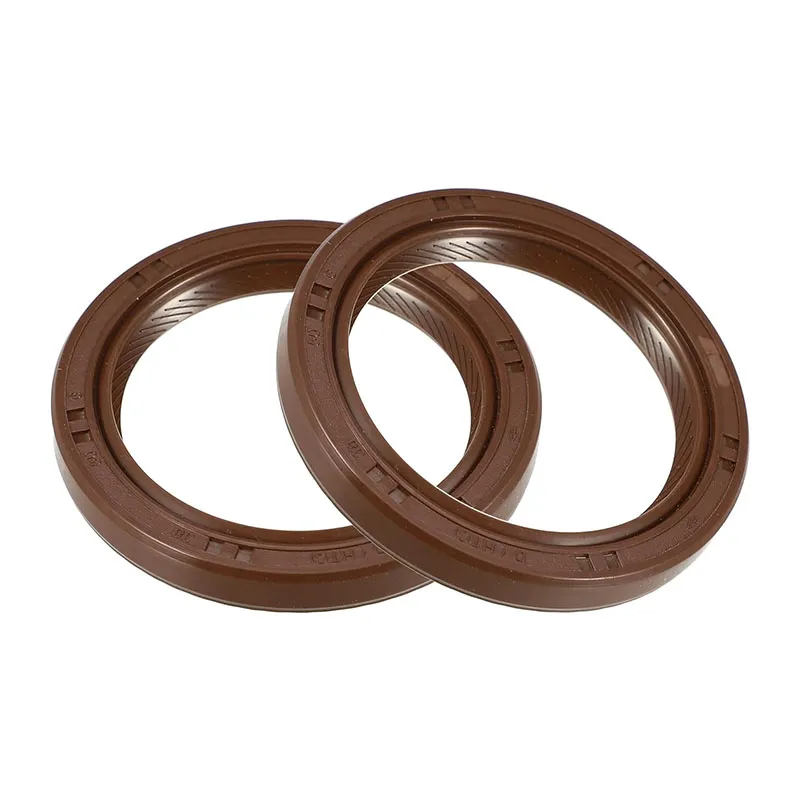gearbox output seal
Understanding Gearbox Output Seals Importance and Maintenance
Gearbox output seals are critical components in the functioning of mechanical systems, particularly in vehicles and industrial machinery. These seals play an essential role in preventing the leakage of lubricants from the gearbox while also keeping contaminants, such as dirt and moisture, out of the system. A robust output seal ensures that the gearbox operates efficiently and prolongs its lifespan. In this article, we will delve into the significance of these seals, their common types, and maintenance practices to ensure optimal performance.
The Significance of Gearbox Output Seals
The primary function of a gearbox output seal is to maintain the integrity of the lubricant within the gearbox. Gearboxes are filled with oils or lubricants that reduce friction among gears, allowing them to function smoothly. If the output seal fails, it can lead to lubricant leaks, which can severely affect the gear function due to increased friction and heat production. Over time, this can result in gear failures, reduced efficiency, and ultimately, costly repairs.
Moreover, gearbox output seals safeguard against the ingress of foreign particles. Contaminants such as dust, water, and other debris can compromise the lubricant's effectiveness, leading to accelerated wear and tear of gearbox components. A properly functioning output seal is, therefore, essential not only for maintaining lubricant levels but also for protecting the gearbox's internal environment.
Types of Gearbox Output Seals
There are several types of gearbox output seals available, each designed to cater to specific operational needs
1. Rotary Shaft Seals These are the most common type of seals used in gearboxes. Made from materials such as rubber or synthetic compounds, they create a tight seal around the output shaft. They are designed to handle moderate pressures and are effective in preventing leaks.
2. Lip Seals Featuring a flexible lip that contacts the shaft, lip seals are excellent for reducing friction and preventing the passage of fluids. They are widely used in automotive applications due to their reliability.
3. O-Ring Seals O-rings are circular seals that provide a tight fit within a groove, preventing leaks through compression. They're commonly used in various machinery, including gearboxes, where space is limited.
gearbox output seal

4. U-Cup Seals Shaped like a 'U', these seals are designed for use in dynamic applications. They are excellent in withstanding pressures and are often used in both rotary and linear applications.
Maintenance of Gearbox Output Seals
Ensuring the longevity and performance of gearbox output seals requires regular maintenance. Here are some practices to follow
- Routine Inspection Regularly inspect the area around the output seal for any signs of lubricant leakage or contamination. Early detection of leaks can prevent further damage to the gearbox.
- Check for Wear and Tear Over time, seals can wear down due to friction and environmental factors. Look for cracks, hardness, or deformation in the seal material and replace them when necessary.
- Lubricate Properly Ensure that the correct type and amount of lubricant is used in the gearbox. Over or under-lubrication can lead to seal failure.
- Monitor Operating Conditions Be aware of the operational conditions like temperature and pressure, which can affect seal performance. Using seals rated for specific operating environments can enhance their durability.
- Professional Assessment When in doubt, always consult a professional mechanic or technician for an assessment and maintenance advice to ensure the gearbox operates optimally.
Conclusion
Gearbox output seals are an indispensable part of any mechanical system reliant on a gearbox. Their role in maintaining lubricant integrity and protecting against contaminants cannot be overstated. By understanding their types, significance, and proper maintenance techniques, users can ensure the longevity and reliability of their gearboxes, ultimately saving on repair costs and ensuring optimal performance. Regular care and inspection will go a long way in preserving these critical components and the machinery they support.
-
Understanding the Front Main Engine Seal: Purpose, Maintenance, and Installation
News Jul.29,2025
-
Understanding O-Rings and Seal Rings: Types, Applications, and Custom Solutions
News Jul.29,2025
-
Understanding Crankshaft Oil Seals: Rear Seals, Pulley Seals, and Their Role in Engine Integrity
News Jul.29,2025
-
The Importance of Front and Rear Crankshaft Seals in Engine Performance and Oil Management
News Jul.29,2025
-
Crank Oil Seals: Functions, Types, and Cost Considerations in Engine Maintenance
News Jul.29,2025
-
A Comprehensive Guide to O-Rings and Seals: Types, Materials, and Global Applications
News Jul.29,2025
-
Mastering Diesel and Performance Engine Maintenance: A Guide to Critical Oil Gaskets
News Jul.28,2025
Products categories















